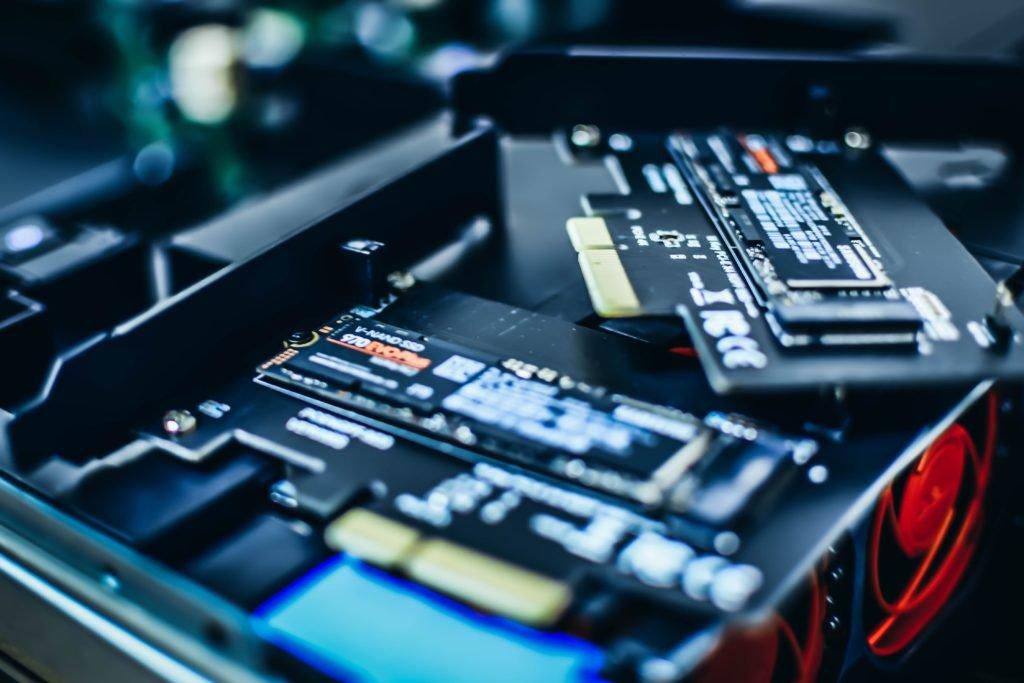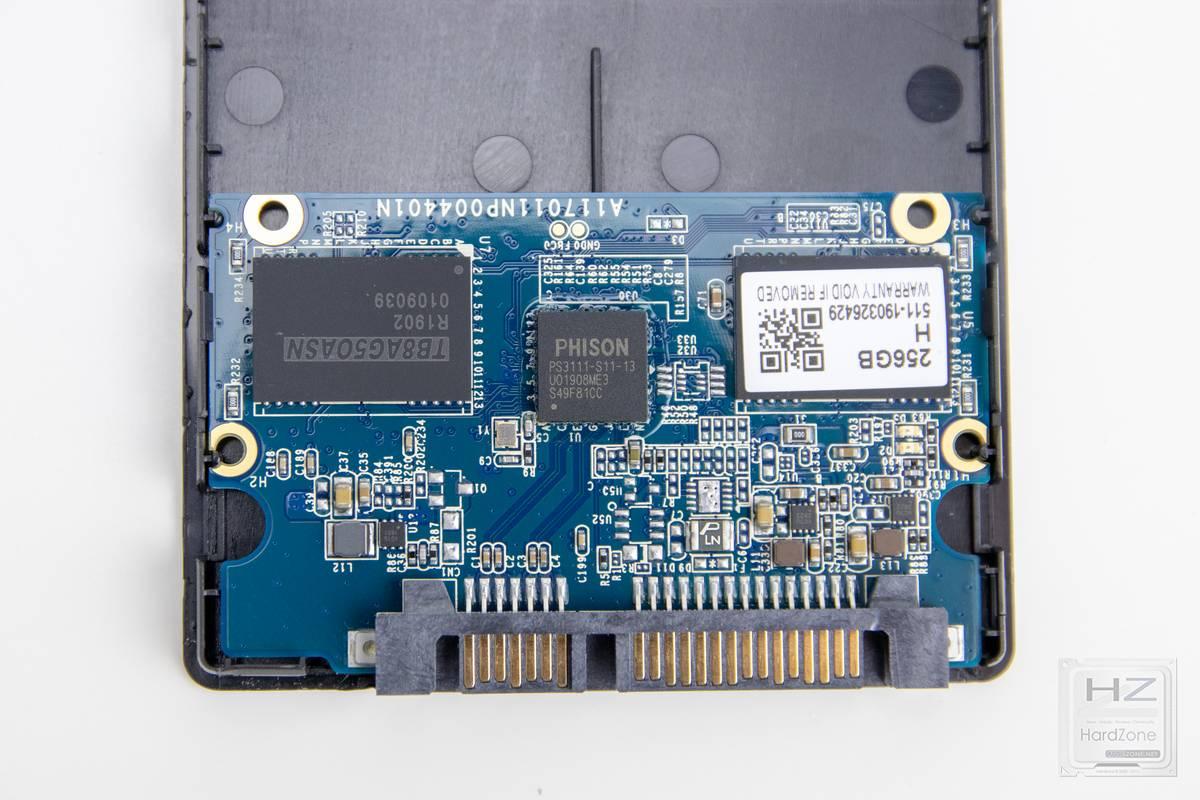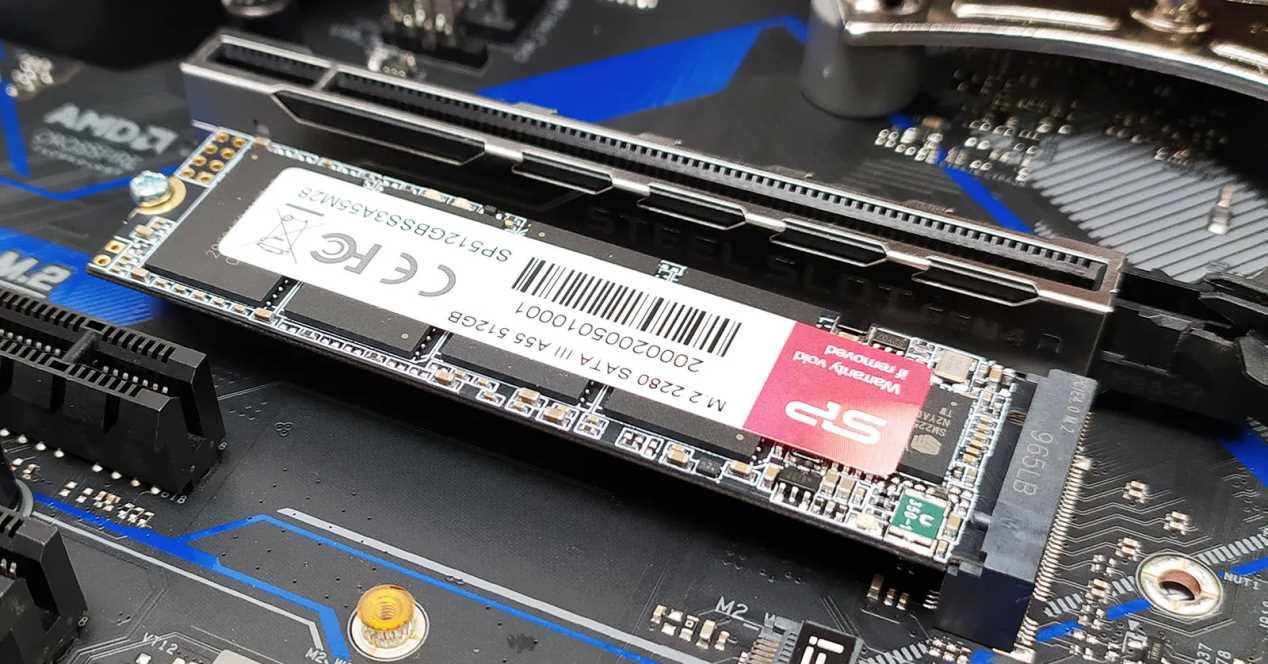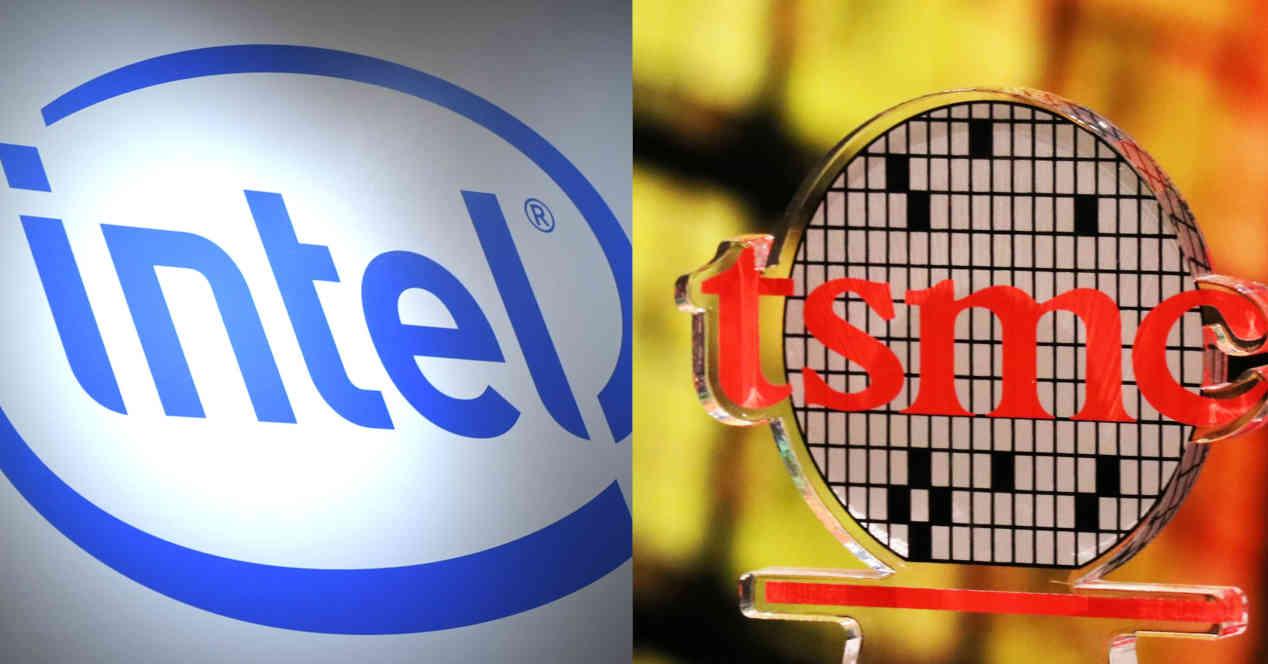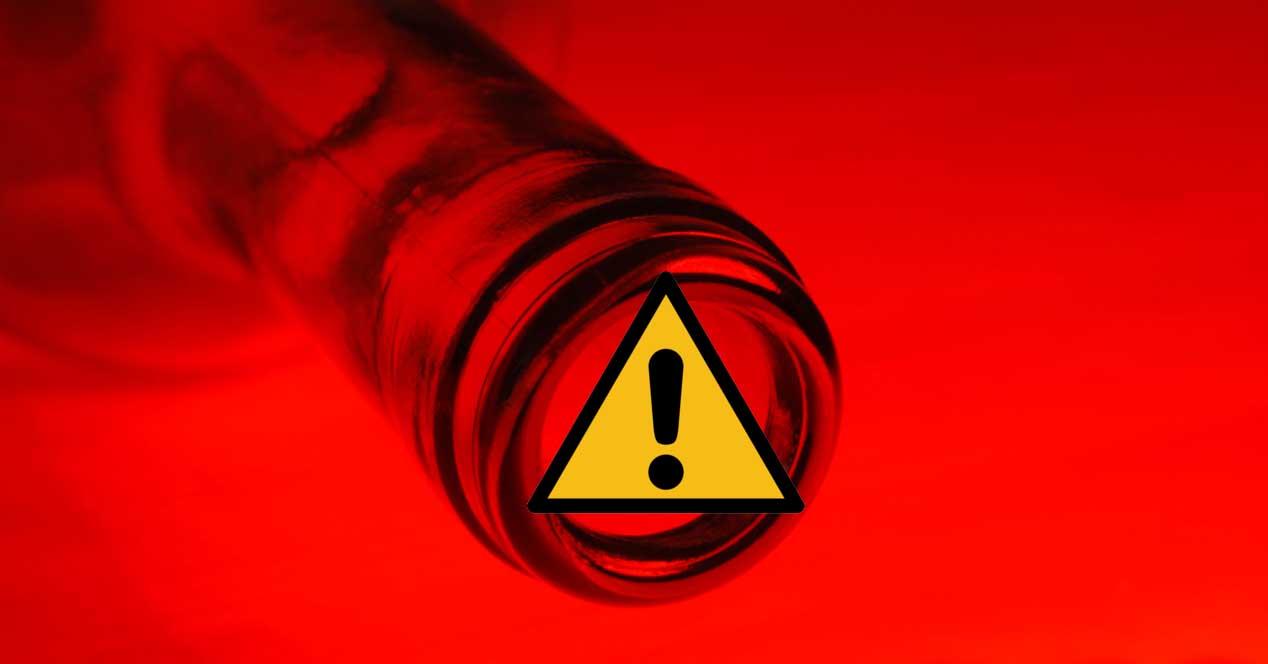
Today the units ssd They are so affordable that it is almost absurd to think of building a PC without incorporating at least one of them, since they offer speeds much higher than those of conventional hard drives. However, SSDs have a disadvantage compared to these, and that is that in the event that the power goes out, they have a greater risk of it occurring. data loss. Fortunately, most SSDs have a mechanism called Power Loss Protection (PLP)and that is what we are going to talk about in this article.
It’s not uncommon to be working or playing on your PC and the power goes out, causing your PC to shut down suddenly (unless you have a UPS) and potentially data loss or corruption. However, today it is difficult for this to happen, and below we will explain why.
Data loss prevention from SSDs
Protection against power loss, PLP, power loss protection or to make it clear, SSD data loss prevention is a technology designed to prevent data from being corrupted or lost from the SSD when a power outage occurs. Sudden power loss can be the result of a power outage, an overload, a power supply failure, or simply your accidentally kicking the cord and unplugging your PC.
When a power outage occurs, the SSD’s PLP system protects the data by providing power long enough for the data to be recorded and stored correctly. We are talking, therefore, that SSDs are capable of maintaining a small charge internally thanks to capacitors that are integrated into their hardware, although it is true that we are also talking about a charge that lasts just a few milliseconds, but that is enough. to put this data safe and avoid losses and corruptions.
SSDs typically use two types of memory inside: DRAM memory and NAND Flash memory. NAND is the type of non-volatile memory that our data is stored in for the long term, while DRAM is volatile memory that is used to cache data before passing it to the main NAND. During normal device operation, DRAM temporarily stores frequently accessed information, but when power is removed, this data is lost because, as we’ve mentioned, it’s a volatile memoryand if when the power goes out there are files that remain half-transferred, that’s when they get corrupted (those that don’t transfer are the ones that are lost).
Some older generation SSDs incorporated a small battery to prevent this (yes, like the motherboard battery) called a BBU (Backup Battery Unit), but that’s something that’s been discontinued quite a while ago in favor of this built-in PLP system that we are talking to you SSDs now use tantalum capacitors, capable of holding enough power charge that the SSD can at least flush the DRAM to the NAND and no data is lost or corrupted.
As we have mentioned before, this load only lasts a few milliseconds (between 20 and 40 depending on the SSD and its age, since over time this load decreases due to degradation), but it is enough to transfer a large amount of data on modern SSDs.
Beware, this technology is limited
Like everything, this technology that practically all modern SSDs incorporate has its limitations, in addition to what we have already mentioned that it only lasts a few milliseconds. For example, this technology is only prepared for sudden power outages, so if there is a power surgethe SSD hardware can also suffer and burn (that’s what UPSs are for, power strips with protections and, of course, the security mechanisms of the power supply).
On the other hand, the power supplied by PLP is limited, so if there were very large files or too many files in the DRAM, it may not take time to transfer everything and may cause data loss or corruption…it is rare that this happens because the mechanism is prepared according to the amount of DRAM and the speed of the SSD, but since it is something that degrades over time, in SSDs that already have a long life time it is something that can happen.
Finally, it should be noted that many DRAMless SSDs, which are cheaper, do not have this mechanism, so we cannot happily trust that we will not have problems with the SSD later when the power goes out.
